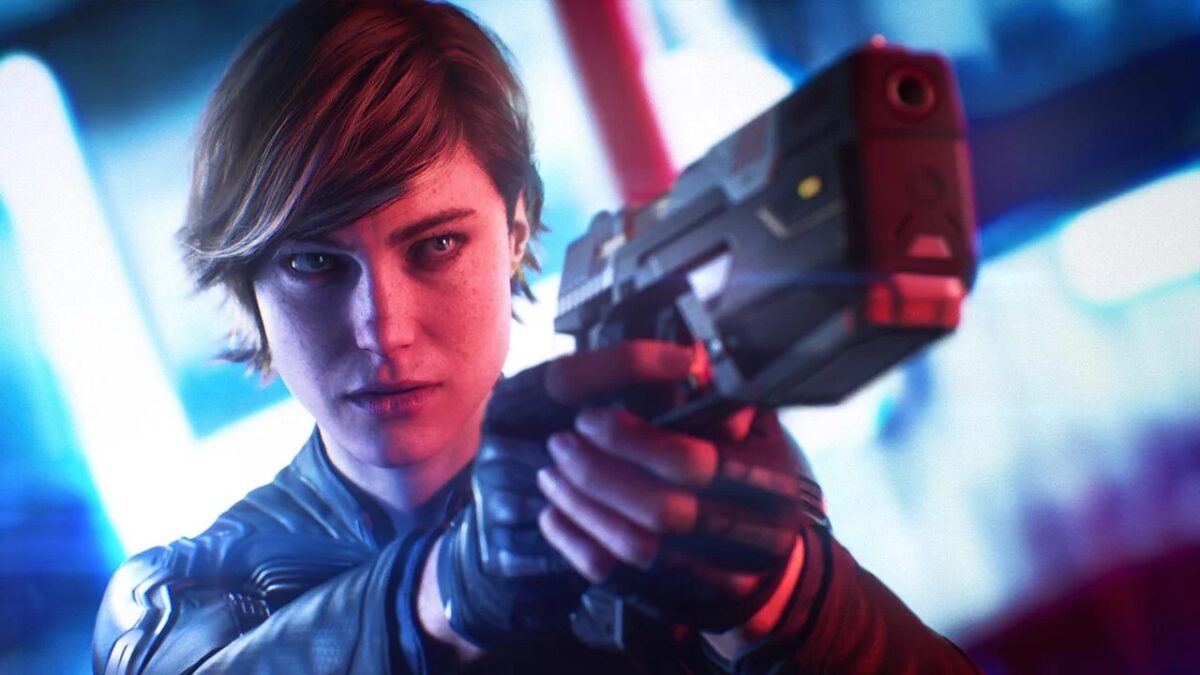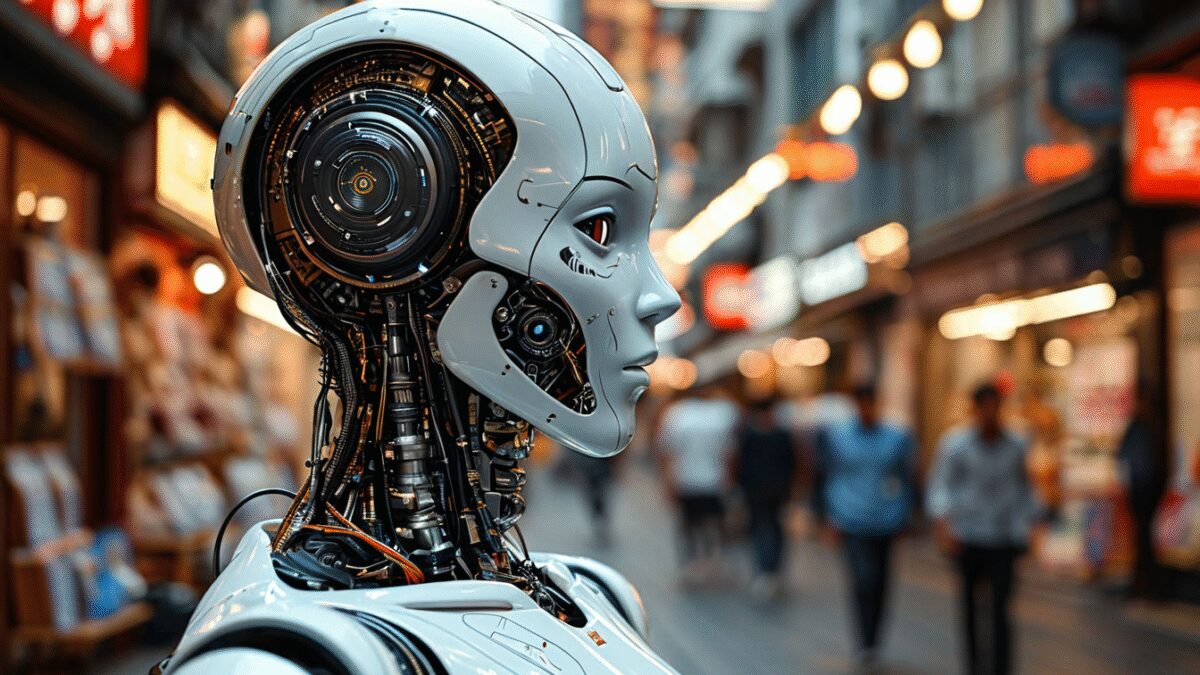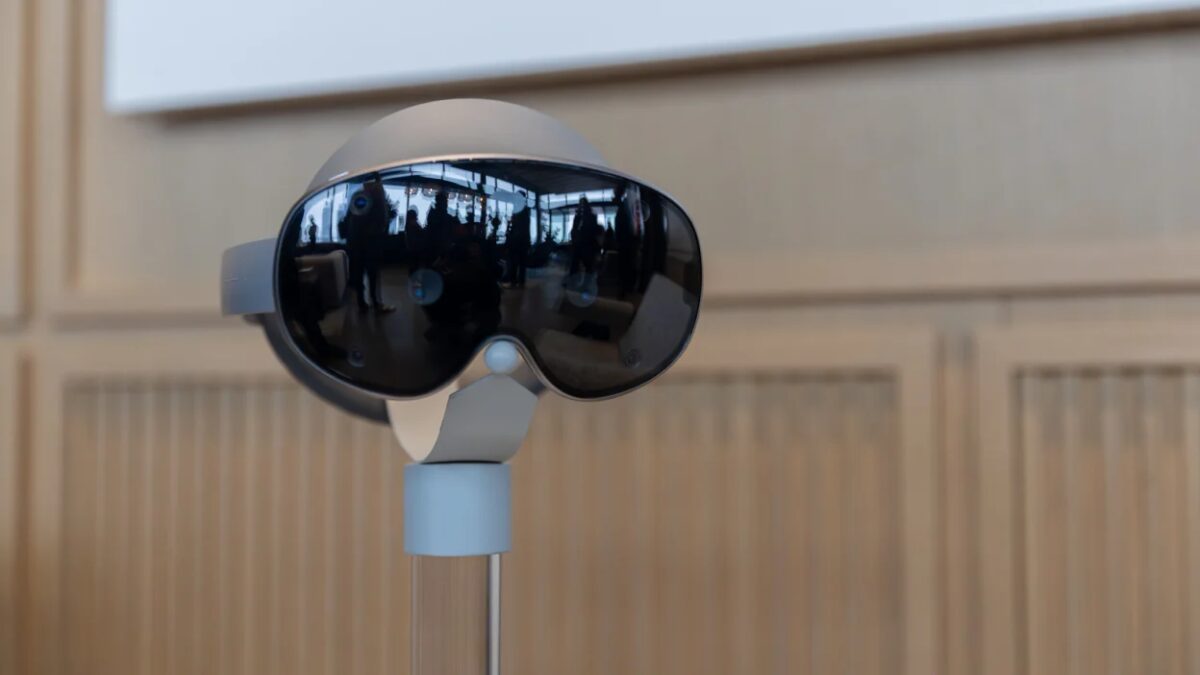Lucasfilm: the failure of “Acolyte” will force the ST franchise to return to the big screen
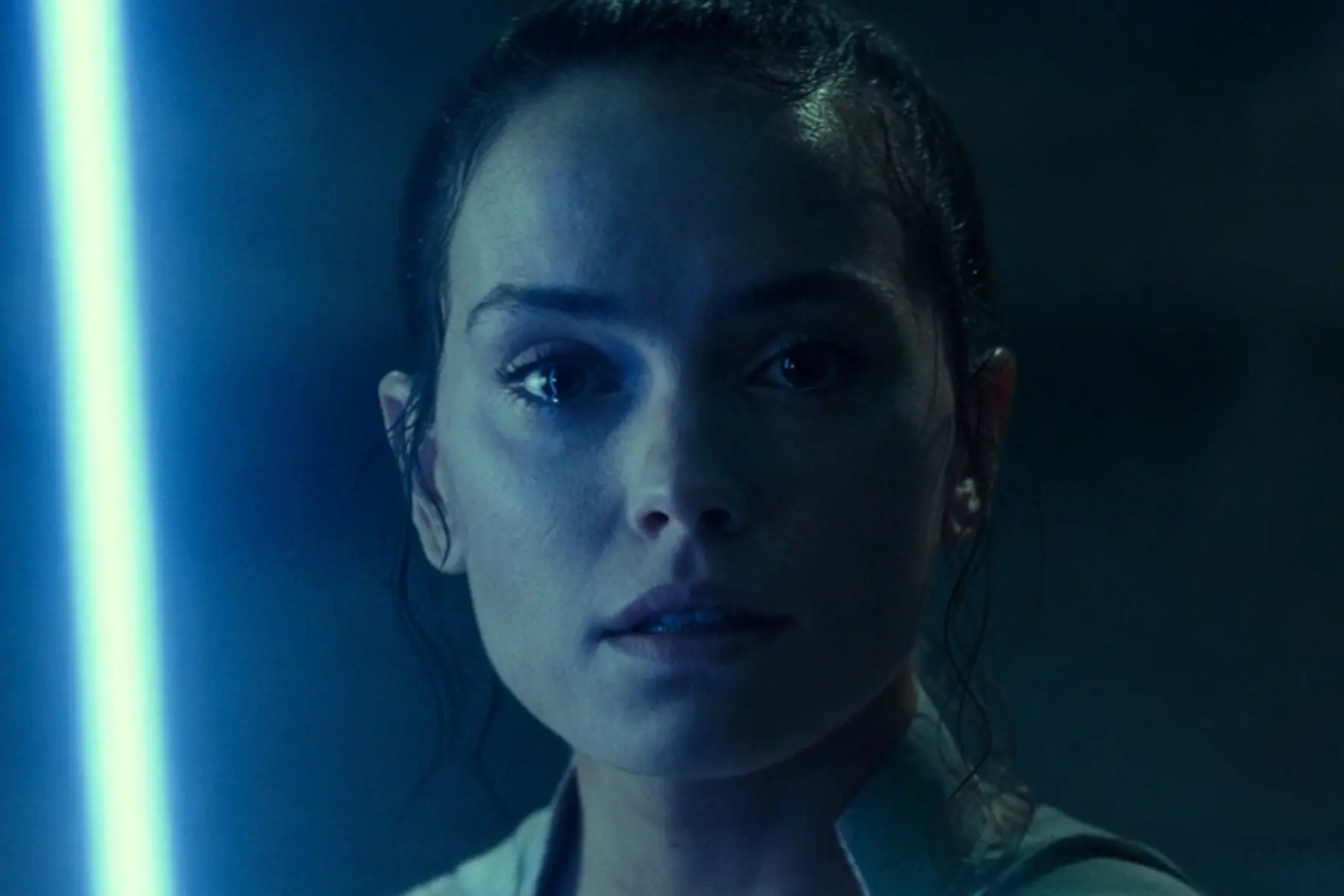
It’s been five years since the release of “Star Wars: Episode IX — Skywalker. Rise.” In that time, Lucasfilm has released “The Book of Boba Fett,” “Obi-Wan Kenobi,” “Andor,” “Ahsoka,” “Acolyte,” and the second and third seasons of “The Mandalorian.” These series were, for the most part, something in between. Whereas the feature-length films still have no equivalent. The most recent “Star Wars” movie remains “Skywalker.Ascension,” which drew extremely negative reactions from fans and critics alike.
The most recent “Star Wars” movie remains “Skywalker.Ascension,” which drew extremely negative reactions from fans and critics alike.
After the release of Episode 9, Lucasfilm took some time to regroup and rethink its plans for feature films. Frankly, taking a break didn’t seem like a bad idea. However, after five years and several mediocre TV shows, it’s impossible to ignore the lack of new, truly cinematic Star Wars adventures. The franchise that once inspired wonder and stirred the imagination of millions of viewers has come to seem disappointingly monotonous. The visual splendor of the “Star Wars” universe is in danger of being forgotten.
The visual splendor of the “Star Wars” universe is in danger of being forgotten.
It’s time for cinema’s biggest and greatest franchise to return to its original form.
The series “Acolyte” demonstrated the limitations of the television format
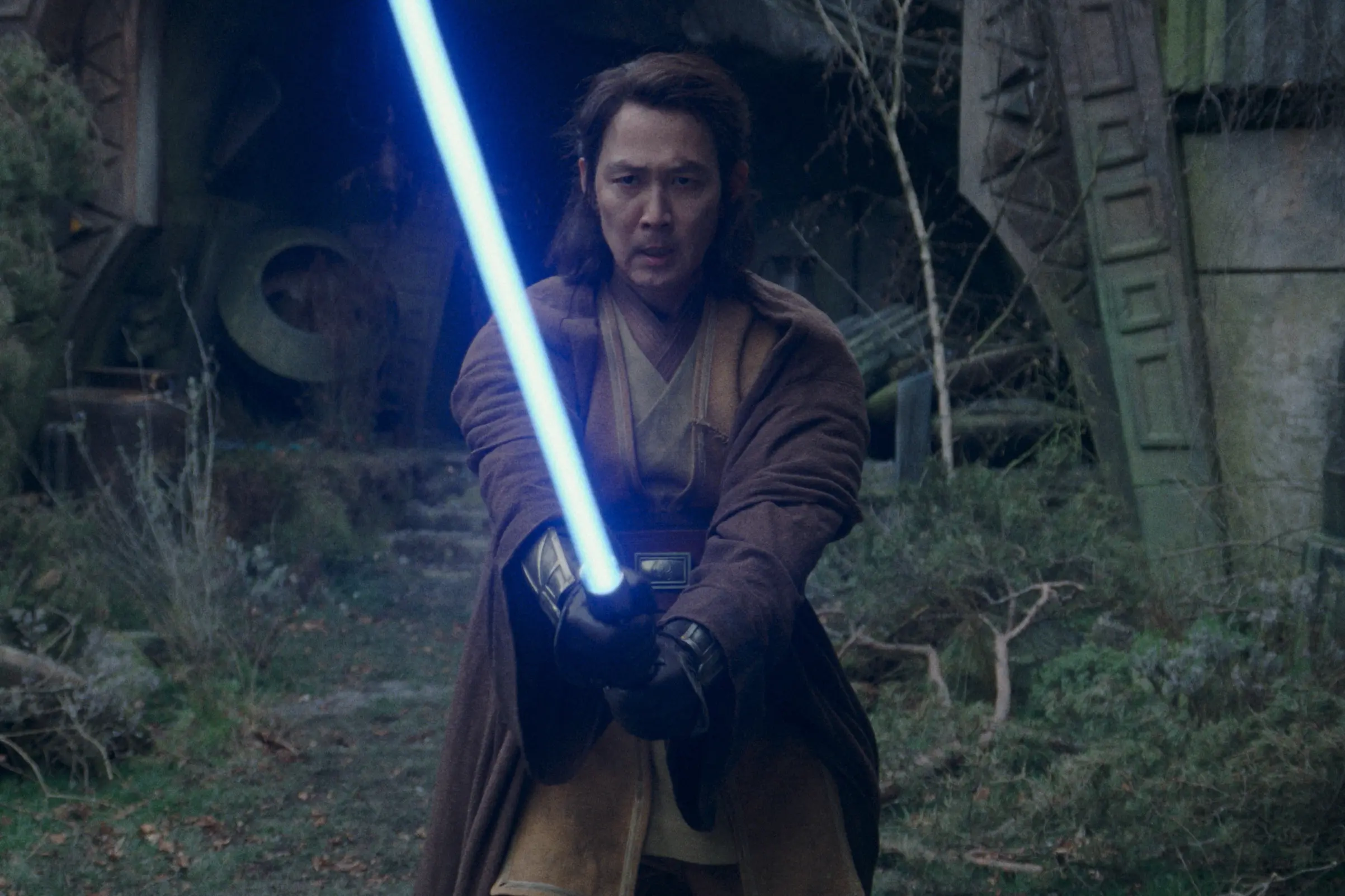
The first season of the TV series Acolyte wrapped up last week. The series, set 100 years before the events of the 1999 film “Star Wars: Episode I — The Hidden Menace,” was always destined to be a lightning rod for debate among fans and cultural critics. And one thing has gotten somewhat lost in the hype: “Acolyte” — is just…good. It’s not the worst “Star Wars” TV series Lucasfilm has produced, but it’s not the best either.
Acolyte is not the worst.
After starting out confidently enough, the first season of “Acolyte” fizzled out in its final episodes. The reason for this was a number of problems, including several confusing decisions about the order of the narrative. Most of all, though, “Acolyte” often felt like a two-hour movie, rather than a six-hour, eight-episode television series with week-long breaks that killed all the momentum built up in each installment. The series would have benefited greatly from the fast pace of a feature-length movie, as well as a bigger budget for the various lightsaber duels and set pieces. By the way, these criticisms don’t just apply to “Acolyte.”
Accolytes.
“Ahsoka,” “Obi-Wan Kenobi” and “The Mandalorean” suffered from similar pacing and budget problems that made them look visually poor at best, and at worst — also cheap. The latter label should never be placed on a franchise that was originally known for its indelible images. It’s been years since we’ve had a flawless, truly unforgettable live-action Star Wars picture. But the franchise’s TV series has looked increasingly flat and lifeless over the years. Partly because of Lucasfilm’s use of universal scope, numerous scenes in “The Mandalorian,” “Ahsoka” and “Obi-Wan” lack any real depth, and that’s not counting the fact that in those shows and “Acolyte,” the actors and sets have been repeatedly lit in interesting and compelling ways.
At least in the “Star Wars” franchise.
The “Star Wars” series lacks awe and intrigue
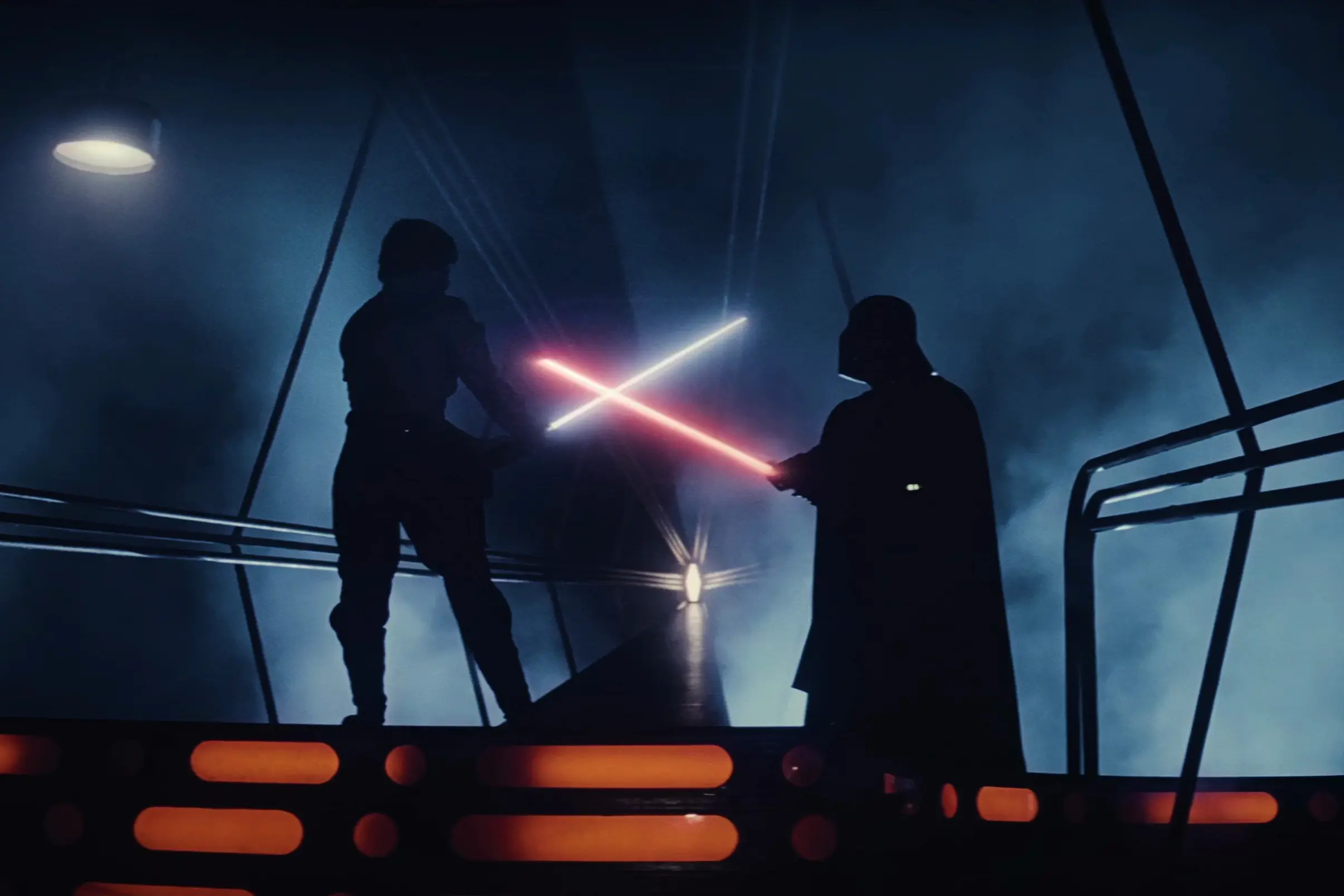
Gone are the days when Luke Skywalker and Darth Vader dueled in the blue-black-orange darkness of carbonite chambers and ventilation shafts, or when Luke gazed out over the vast deserts of Tatooine, longing for a better life. These images, forever imprinted on the minds of Star Wars fans, are so well thought out and constructed that they help the movies take on a rare mythic quality. The same can be said for some of the moments scattered throughout George Lucas’ prequel films, such as the graphic depiction of Anakin Skywalker’s growing shadow as he walks into the Jedi temple on Coruscant with thoughts of cold-blooded murder.
Anakin Skywalker’s growing shadow as he walks into the Jedi temple on Coruscant with thoughts of cold-blooded murder.
Even Lucasfilm’s sequel to the trilogy, for all its many flaws, contains more moments of pure, evocative cinematic greatness than all the subsequent TV series combined. Think, for example, of the shot of a falling stormtrooper leaving a bloody handprint on Finn’s helmet in “The Force Awakens,” or the white salt flats of Krayt turned by war and violence into a red-and-black nightmare in the episode “The Last Jedi.” Perhaps “Skywalker. Rise” — the franchise’s worst film to date, but even that features Rey and Kylo dueling on the sunken remains of the second Death Star — a choreographed action sequence, not only breathtakingly mounted by Maryann Brandon and Stephan Grube, but also staggering in size and scope. And that’s not to mention 2016’s “Outcast One” and 2018’s “Solo,” which also feature examples of inspired visual art that no other Lucasfilm series can match.
And that’s not to say that it’s not the case.
Make “Star Wars” great again
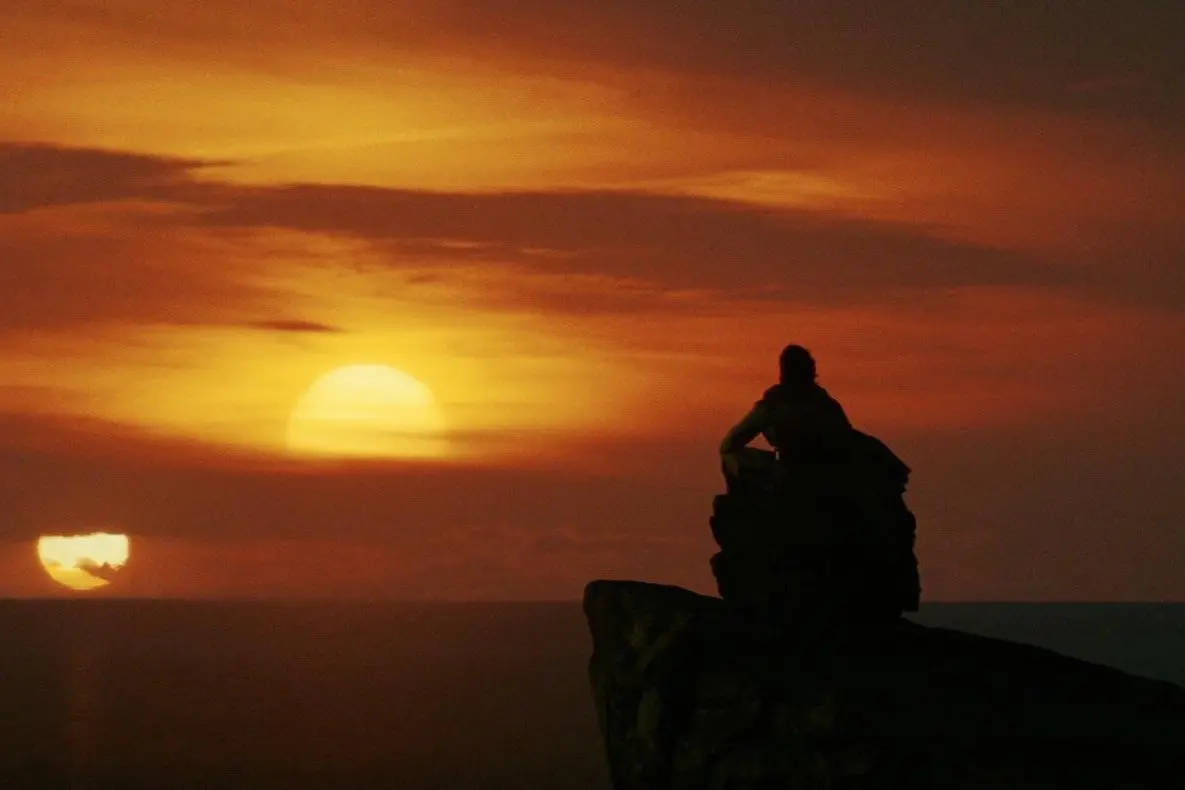
Even the series, to its credit, is still better than many of the TV series in the most disappointing movies. The same can’t be said for the franchise’s recent TV shows, which collectively have brought Star Wars closer to the ordinary than ever before. That’s not to say that there isn’t a place in the Star Wars universe for TV series like The Mandalorean and Andor, which have expanded it perfectly. However, they shouldn’t be the only additions to the franchise.
They shouldn’t be the only additions to the franchise.
The studio suffered some hard knocks when movies like “Solo” and “Skywalker. Rise,” failed to live up to the expectations of critics and financiers. Since then, Lucasfilm has treated each of its “Star Wars” projects in development as a big, potentially catastrophic risk. Whether or not this attitude is justified — is debatable, but by trying to avoid as many risks as possible, Lucasfilm has come close to stripping its movies of the magic that once defined them. There is no greater threat to “Star Wars” than this.
So there is no greater threat to “Star Wars” than this.


